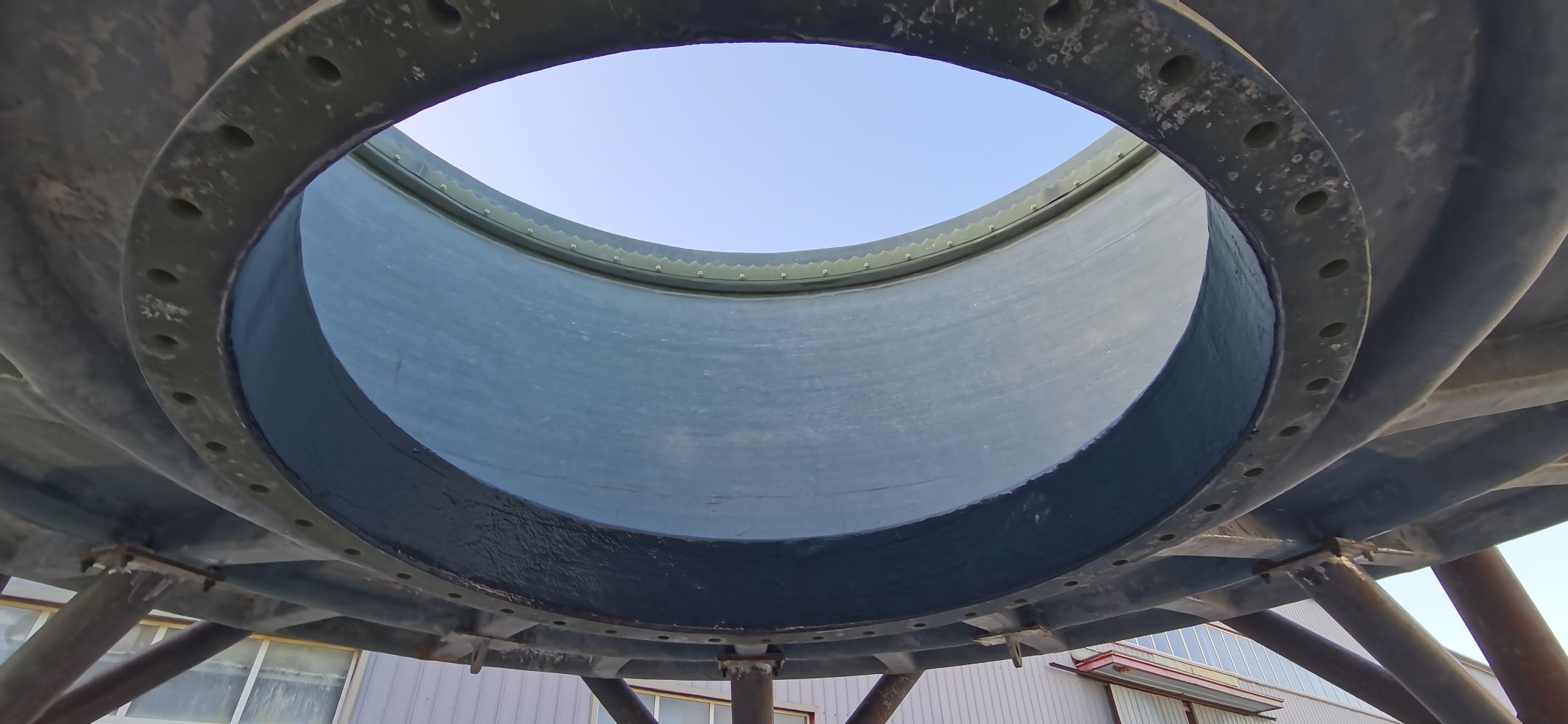
-
 Afrikaans
Afrikaans -
 Albanian
Albanian -
 Amharic
Amharic -
 Arabic
Arabic -
 Armenian
Armenian -
 Azerbaijani
Azerbaijani -
 Basque
Basque -
 Belarusian
Belarusian -
 Bengali
Bengali -
 Bosnian
Bosnian -
 Bulgarian
Bulgarian -
 Catalan
Catalan -
 Cebuano
Cebuano -
 China
China -
 China (Taiwan)
China (Taiwan) -
 Corsican
Corsican -
 Croatian
Croatian -
 Czech
Czech -
 Danish
Danish -
 Dutch
Dutch -
 English
English -
 Esperanto
Esperanto -
 Estonian
Estonian -
 Finnish
Finnish -
 French
French -
 Frisian
Frisian -
 Galician
Galician -
 Georgian
Georgian -
 German
German -
 Greek
Greek -
 Gujarati
Gujarati -
 Haitian Creole
Haitian Creole -
 hausa
hausa -
 hawaiian
hawaiian -
 Hebrew
Hebrew -
 Hindi
Hindi -
 Miao
Miao -
 Hungarian
Hungarian -
 Icelandic
Icelandic -
 igbo
igbo -
 Indonesian
Indonesian -
 irish
irish -
 Italian
Italian -
 Japanese
Japanese -
 Javanese
Javanese -
 Kannada
Kannada -
 kazakh
kazakh -
 Khmer
Khmer -
 Rwandese
Rwandese -
 Korean
Korean -
 Kurdish
Kurdish -
 Kyrgyz
Kyrgyz -
 Lao
Lao -
 Latin
Latin -
 Latvian
Latvian -
 Lithuanian
Lithuanian -
 Luxembourgish
Luxembourgish -
 Macedonian
Macedonian -
 Malgashi
Malgashi -
 Malay
Malay -
 Malayalam
Malayalam -
 Maltese
Maltese -
 Maori
Maori -
 Marathi
Marathi -
 Mongolian
Mongolian -
 Myanmar
Myanmar -
 Nepali
Nepali -
 Norwegian
Norwegian -
 Norwegian
Norwegian -
 Occitan
Occitan -
 Pashto
Pashto -
 Persian
Persian -
 Polish
Polish -
 Portuguese
Portuguese -
 Punjabi
Punjabi -
 Romanian
Romanian -
 Russian
Russian -
 Samoan
Samoan -
 Scottish Gaelic
Scottish Gaelic -
 Serbian
Serbian -
 Sesotho
Sesotho -
 Shona
Shona -
 Sindhi
Sindhi -
 Sinhala
Sinhala -
 Slovak
Slovak -
 Slovenian
Slovenian -
 Somali
Somali -
 Spanish
Spanish -
 Sundanese
Sundanese -
 Swahili
Swahili -
 Swedish
Swedish -
 Tagalog
Tagalog -
 Tajik
Tajik -
 Tamil
Tamil -
 Tatar
Tatar -
 Telugu
Telugu -
 Thai
Thai -
 Turkish
Turkish -
 Turkmen
Turkmen -
 Ukrainian
Ukrainian -
 Urdu
Urdu -
 Uighur
Uighur -
 Uzbek
Uzbek -
 Vietnamese
Vietnamese -
 Welsh
Welsh -
 Bantu
Bantu -
 Yiddish
Yiddish -
 Yoruba
Yoruba -
 Zulu
Zulu
frp ductwork
Understanding FRP Ductwork Benefits and Applications
Fiber Reinforced Plastic (FRP) ductwork has emerged as a vital component in various industrial and commercial applications, primarily due to its unique properties and advantages over traditional materials. FRP is composed of a polymer matrix reinforced with fibers, which significantly enhances its mechanical strength while maintaining a lightweight structure. This article delves into the benefits and applications of FRP ductwork, highlighting its growing significance in modern engineering.
Understanding FRP Ductwork Benefits and Applications
Another significant benefit of FRP ductwork is its lightweight nature. Compared to traditional materials like steel or aluminum, FRP is much lighter, which simplifies handling and installation. This reduction in weight can lead to lower transportation costs, easier maneuverability on site, and decreased structural support requirements. Additionally, the ease of installation can result in significant labor cost savings during the construction phase of a project.
frp ductwork

FRP ductwork also offers excellent thermal and acoustic insulation properties. The composite materials provide effective insulation against heat loss and noise, making it suitable for environments where temperature regulation and sound control are essential. This helps improve energy efficiency and creates a more comfortable atmosphere in commercial spaces like hospitals, schools, and office buildings.
Furthermore, FRP ductwork can be manufactured in a variety of shapes and sizes, allowing for customized solutions tailored to specific project needs. This versatility enables designers and engineers to create intricate duct layouts that fit within confined spaces or accommodate unique design elements. Manufacturers can also produce FRP ducts with a smooth inner surface, enhancing airflow efficiency and reducing pressure drops compared to traditional duct materials.
Lastly, the environmental impact of FRP should not be overlooked. Many FRP products are made from recyclable materials and can contribute to sustainable construction practices. As industries increasingly prioritize environmental responsibility, the adoption of FRP ductwork can play a role in reducing overall operational footprints.
In conclusion, FRP ductwork presents a myriad of advantages that make it a compelling choice for various applications. Its resistance to corrosion, lightweight design, thermal and acoustic insulation properties, customization options, and potential for sustainability position it as a superior alternative to traditional duct systems. As more industries recognize the benefits of FRP, its use is likely to expand, revolutionizing the way ductwork is implemented in modern infrastructure projects.
Latest news
-
Exploring the Benefits of Top Hammer Drifter Rods for Enhanced Drilling PerformanceNewsJun.10,2025
-
High-Precision Fiberglass Winding Machine for GRP/FRP Pipe Production – Reliable & Efficient SolutionsNewsJun.10,2025
-
FRP Pipes & Fittings for Shipbuilding - Corrosion-Resistant & LightweightNewsJun.09,2025
-
Premium FRP Flooring Solutions Durable & Slip-ResistantNewsJun.09,2025
-
Premium Fiberglass Rectangular Tanks Durable & Lightweight SolutionNewsJun.09,2025
-
Tapered Drill String Design Guide Durable Performance & UsesNewsJun.09,2025









